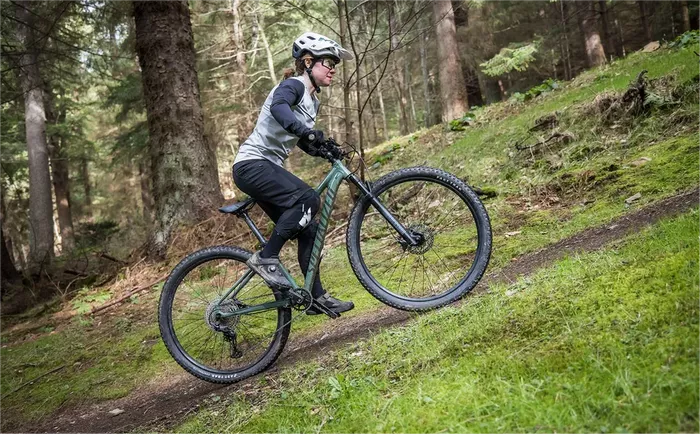Cycling is a popular form of physical activity enjoyed by millions worldwide. It offers numerous health benefits, including cardiovascular fitness, muscle strength, and weight management. However, there has been ongoing debate about whether cycling, a non-weight-bearing exercise, contributes positively to bone density. Bone health is crucial for overall well-being, especially as we age, to prevent conditions like osteoporosis. In this article, we delve into the relationship between cycling and bone density, exploring the scientific evidence and considerations for cyclists.
Understanding Bone Density
Bone density refers to the amount of mineral content (calcium and other minerals) packed into bone tissue. It determines bone strength and resistance to fractures. Peak bone density is typically reached in early adulthood, and maintaining adequate density throughout life is important for reducing the risk of fractures and bone-related diseases.
Weight-Bearing vs. Non-Weight-Bearing Exercises
Bone responds to mechanical stress and loading. Weight-bearing exercises, such as walking, running, and resistance training, involve activities where bones support the body’s weight against gravity. These exercises are known to promote bone health by stimulating bone remodeling and increasing bone density.
Non-weight-bearing exercises, like swimming and cycling, involve less impact on bones because they don’t require bearing the body’s weight. Instead, these activities primarily focus on cardiovascular fitness and muscle endurance. The concern arises from whether such activities are sufficient to maintain or improve bone density.
The Cycling and Bone Density Debate
Cycling is a repetitive motion exercise that primarily engages the lower body muscles. While it’s excellent for cardiovascular fitness and lower-body strength, its effectiveness in promoting bone density has been questioned. Studies comparing cyclists with individuals engaged in weight-bearing activities have shown that cyclists tend to have lower bone mineral density in certain areas, such as the lumbar spine and hips.
Factors Affecting Bone Health in Cyclists
Several factors contribute to the impact of cycling on bone health:
1. Lack of Impact: Cycling does not provide the impact necessary to stimulate bone growth. Bones require mechanical stress to trigger the osteoblasts (cells responsible for bone formation) to build new bone tissue.
2. Body Position: The posture and position on a bike affect which bones are loaded during cycling. For instance, the hands and feet support most of the body weight, whereas the spine and hips may not experience significant loading.
3. Nutrition: Cyclists must pay attention to their nutritional intake, especially calcium and vitamin D, which are essential for bone health. Inadequate nutrient intake can compromise bone density regardless of exercise.
4. Training Intensity and Duration: Long hours of cycling, particularly at low intensity, may not provide sufficient mechanical stress to benefit bone density. Introducing high-intensity intervals or strength training can potentially help.
Addressing Bone Density Concerns in Cyclists
Despite the potential limitations, there are strategies cyclists can adopt to support bone health:
1. Cross-Training: Incorporate weight-bearing exercises into your routine. Activities like running, hiking, or strength training can complement cycling and provide the necessary bone-loading stimulus.
2. Strength Training: Include resistance exercises that target major muscle groups. Strength training not only builds muscle but also stimulates bone remodeling.
3. Optimize Nutrition: Ensure a balanced diet rich in calcium, vitamin D, and other bone-supporting nutrients. Consider supplements if necessary, especially if dietary intake is insufficient.
4. Monitor Bone Health: Regular bone density scans can assess changes over time. This is particularly important for older cyclists or those at risk of bone-related conditions.
5. Varied Cycling Terrain: Opt for routes that involve varied terrains. Riding uphill or on rough surfaces can introduce more bone-loading impact compared to flat, smooth roads.
Conclusion
In conclusion, while cycling offers numerous health benefits, it may not be the most effective exercise for improving bone density due to its non-weight-bearing nature. Cyclists should be aware of this limitation and take proactive steps to support their bone health through cross-training, strength exercises, proper nutrition, and regular monitoring. By adopting a holistic approach to fitness and bone health, cyclists can continue to enjoy the sport while minimizing potential risks associated with bone density issues.

